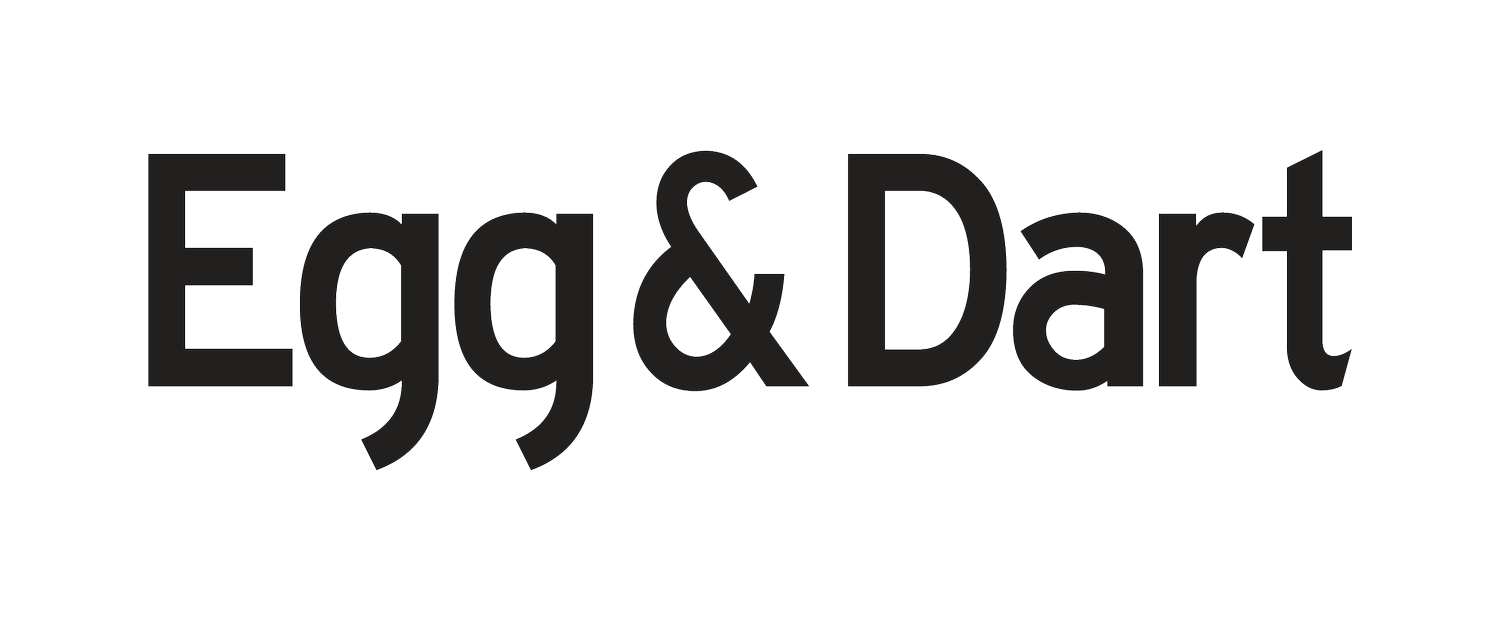Gabrielle Adamik’s glass and ceramic works are a balance between chance operations and deliberate intervention. The outcome is an unexpected interaction of two processes with Adamik nudging her materials into delicate yet supportive arrangements. There is a close relationship with drawing, a practice still paramount to the artist. In the shelf works we view the encircled line folding and twisting through painted and sculptural dimensions. Adamik drags ink across rag paper with the finger as an echo of the sculptural line. She has gently described these lines as the trace of lovers: the glass tendrils as an echo of this gestural hand.
The velvet matte qualities of the ceramic offer a stable armature for her glass linework. The ceramic echoes architectural forms: the arch, the pedestal, the vertical panel. Soft chalky cerulean blue and a salmon pink deflect any stern suggestion of classicism, offering an unusually harmonic interaction within fractious materials. Adamik embraces the Bauhaus approaches of practice before theory and learning by doing. There is a dissolving of the hierarchies of making, crafting, drawing and physical movement. Using a small kiln in her studio has allowed her to retain a direct connection with material. Adamik was a dancer and her sculptures similarly pivot between choreography and improvised expression. Movement is a practice of improvisation that demands presence and challenges habitual behaviour to locate new forms. In her current practice, she facilitates the draping of glass over the ceramic and tests the capacity of these lines to repeatedly overlay in multiple gestural acts.
Gabrielle Adamik studied Object Design in Glass at Sydney College of Arts, and has recently been a finalist in the touring Ranamok Glass Prize and the Meroogal Women’s Art Prize. She was an Artist in Residence with Gapuwiyak Community, North East Arnhem Land where she explored basket-making using pandanus.
India Mark’s still life paintings offer a contemplative space. The work invites us to explore the edges of forms and shifts in hue through variations in texture. Cast shadows from opposing light sources allow for a play of surface and layer. Shades repeat and adjust within the lip of the cup and against the wall behind. Tonalities and edges vibrate from porcelain to the skin of fruit and from liquid to the doubling background shadows. This play on doubling is repeated through the division of the canvas into two almost equal segments. Colour shimmers against carefully prepared backgrounds with just perceptible variations in tone between vertical plane and ground. These luminescent hues are built up through underpainting, bringing a pearl to porcelain, gold and ceramic.
India Mark has painted these in her home studio. The works link the nuanced action of applying paint to canvas with the repetitive motion of preparing cups of tea. The daily practice of painting is echoed in the preparation of the food and drink. The scale of the work offers further intimacy with the cups and saucers an extension of the body: weathered, humbled by use and rinsed out (like her palette). The repetition of forms along the horizontal nods to Italian painter Giorgio Morandi but Morandi blended his foggy objects. Mark’s objects remain distinct along a vibrating edge. Her still life surfaces link to her portrait painting – the cast of light falling on form and the rich colouring of fruit like a living skin.
India Mark was a finalist in the Archibald Prize in 2016 and again in 2018 with her powerful portrait, Candy. She was awarded the Foundation for Visual Arts Scholarship from the ANU School of Art and a Master of Fine Arts at the National Art School. Two of her works are included in the archival collection of the National Art School.
- Melody Willis
Back to All Events









